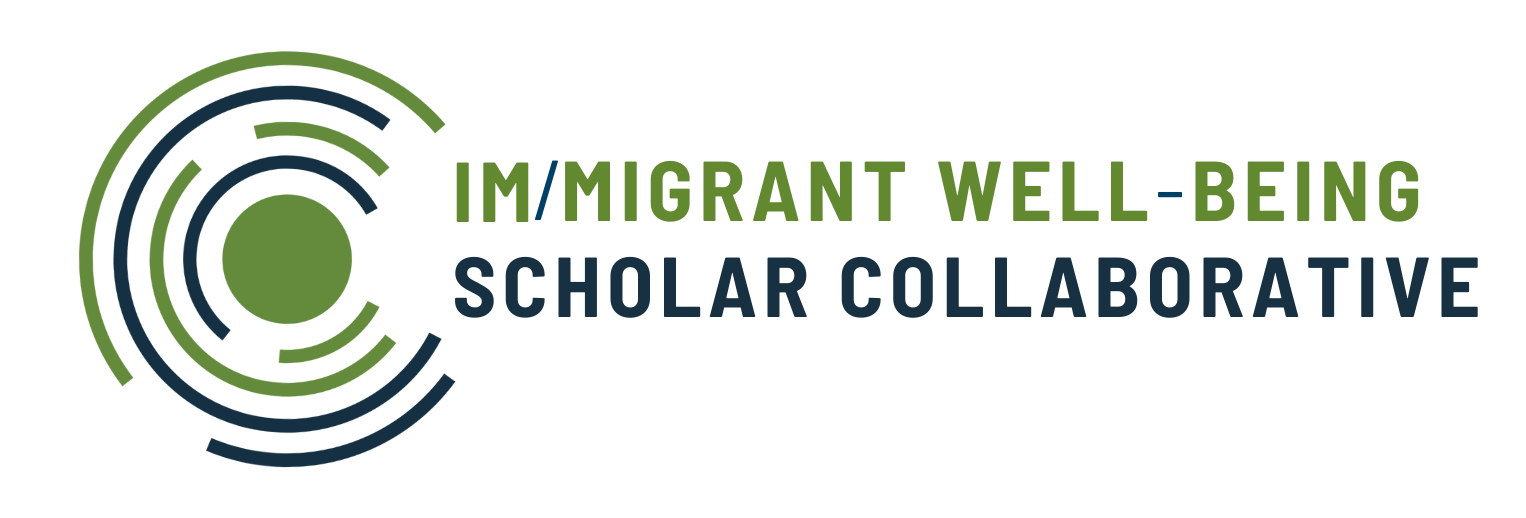One of the fastest growing segments of the United States population, Latinos now number over 60 million, yet they continue to face gaps in healthcare access, housing, income, education – all of which are vital to well-being. The UCLA Latino Policy & Politics Institute’s Latino Data Hub offers insights into inequities in the well-being of America’s Latino communities and enables a comprehensive, streamlined look into Latinos’ immense diversity and specific challenges. Additionally, the Latino Data Hub includes a breakdown of statistics with a focus on key issue areas ranging from child well-being to income and poverty to housing. The Cisneros Institute at the George Washington University, Im/migrant Well-Being Research Center at the University of South Florida, and Im/migrant Well-Being Scholar Collaborative have identified ten facts about Latino well-being with implications for access, equity, and outcomes in the US from the Latino Data Hub’s datasets comprised of estimates by the from the US Census Bureau data:
Latino Child Poverty Rate Above National Levels
In 2021, 24% of Latinos under the age of 18, totaling 4,548,000 children, lived in poverty. This rate outpaces the national child poverty rate of 18% and more than doubles the 11% rate for white children. Such figures spotlight the widespread economic precarity endured in countless Latino-American households due to systemic barriers.
Over One Million Latino Children Lack Health Coverage
Over 1.5 million (8%) of all Latino children in the US lack basic health insurance. This represents two times the rate of uninsured white children (4%). With developmental and health consequences, a lack of health insurance can have lasting impacts on child well-being into adulthood. As the Latino Data Hub notes, “Ensuring Latino children’s physical, emotional, and social well-being is essential for their healthy growth and the future success of their families and communities.”
Latino Families Disproportionately Wrestle with Food Insecurity
29% of all Latino children in the US – numbering over 5.4 million – reside in households reliant on crucial food assistance through the Supplemental Nutrition Assistance Program (SNAP). Compared again to the approximate 22% SNAP participation nationally across children in the US, and 13% for white youth, the prevalence of food insecurity threatens the well-being and stability of countless Latino families: as UNIDOS argues, food insecurity is a matter of racial equity and justice.
Economic Adversity Marks Many Latino Childhoods
29% or 5,398,000 Latino children endure low-income hardship just above the poverty level. This rate overshadows that for American children overall (21%) as well as white youth (16%). The data exhibits millions of Latino children in the US experiencing economic adversity and deprivation during formative years – a number that increased during the Covid-19 pandemic.
A Lack of Health Insurance Impacts Millions of Latino Adults, Too
Beyond Latino children lacking health coverage, over 10 million (18%) of America’s adult Latinos also live without any medical insurance. This uninsurance rate is double that of the general US population of adults (9%) and triple the number of white adults (6%) who are uninsured. Without affordable healthcare access, medical issues can easily spiral for uninsured Latinos lacking a healthcare safety net.
Affordable Housing Remains Out of Reach for Rent Burdened Latinos
In examining housing challenges, 25% of Latino renters – approximately 7 million people – classify as severely housing cost-burdened, spending over half of their income on rent alone. This crisis-level rate almost matches that of African Americans (29%), far exceeding the 20% of white renters facing such burdens. With little income left for other basic needs, affordable housing is unattainable for nearly one in four Latino renters.
Like Black Americans, Latinos Face Higher Rates of Unemployment
Analyzing employment figures, 6.4% of job-seeking Latinos in the labor force remain unemployed. Outpacing the national unemployment rate of 5.5% by one percent and nearly two percent more than white Americans’ 4.5% rate.
Latinos Widely Participate at a High Rate in the US Workforce, But Pay Still Lags
On a positive note regarding employment, 67.6% of working-age Latinos participate actively in the US civilian workforce, exceeding the overall national rate of 63.2%. However…
Substantial Pay Inequities Endure for Many Latinos
The median hourly wage for Latinos stands at $17 per hour, trailing the national median of $21 per hour and white median wage of $24 per hour. With lower earnings and barriers to higher-paying jobs, income inequality remains severe – according to the National Women’s Law Center, in 2022, Latinas working full-time were paid approximately $0.57 for every dollar earned by white, non-Hispanic men – perpetuating poverty and inequality for Latino families.
Latinos Make Up the Second Largest Share of Voters in the US
Policy makers in the US should be on watch when it comes to issues facing the Latino population’s well-being. Latinos make up 13% of all eligible voters in the country second to their white counterparts. As a growing part of the electorate, Latino voters will continue to have a staying influence in elections for years to come. Research shows that health and a healthy democracy are connected – voting is vital to well-being.
UCLA LPPI’s Latino Data Hub provides a powerful resource for data and statistics on barriers for Latinos regarding some of the factors most vital for well-being and equity. The resource’s disaggregated data illuminates Latino diversity and inequities which can arm stakeholders with evidence to tailor equitable supports and create the impetus for data-informed change.
Thomas J. Rachko, Jr. serves as a research-to-policy implementation specialist at the Im/migrant Well-Being Research Center and Im/migrant Well-Being Scholar Collaborative.

